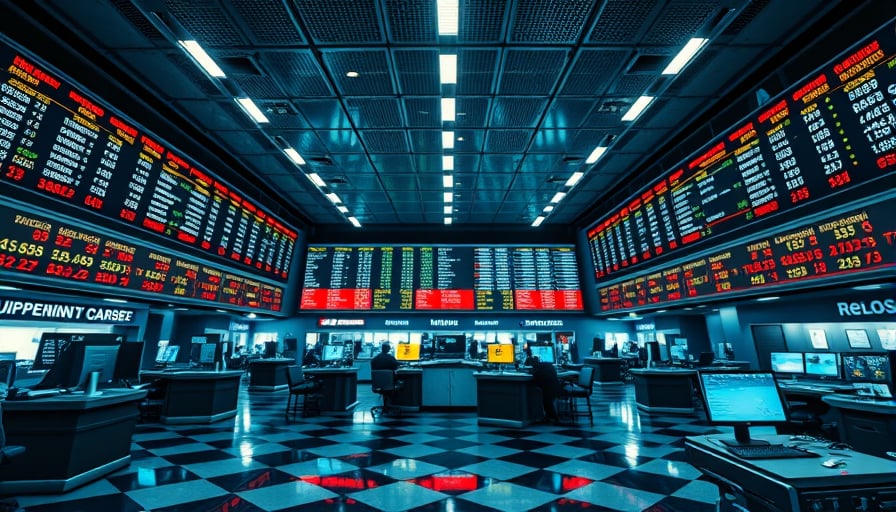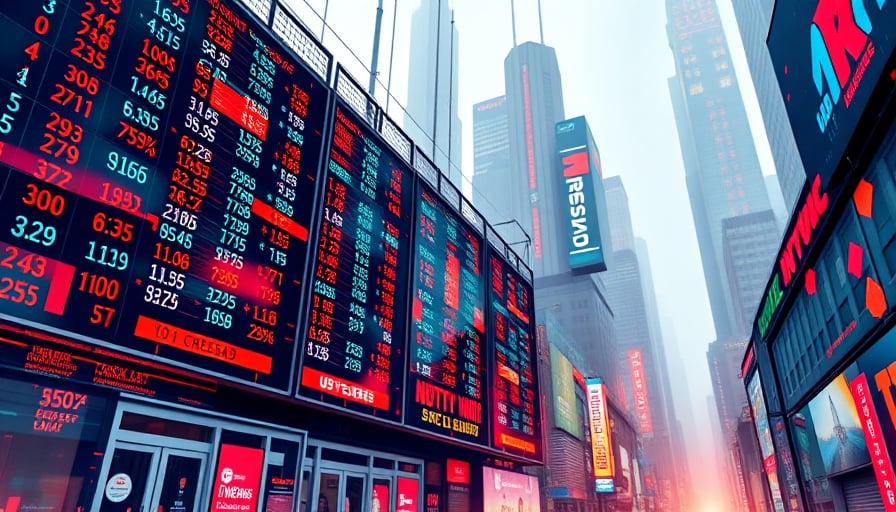Market Overview and Impact on Lithium Producers
The Chinese equity market on 21 November 2025 experienced a pronounced downward trajectory, with the Shanghai Composite falling 2.45 %, the Shenzhen Component slipping 3.41 %, and the ChiNext index retreating 4.02 %. In the wake of this broad‑based sell‑off, the metals‑focused 50ETF (159652) recorded a 5.33 % decline, while a total of 5 000 shares across the market fell, of which 99 were halted. The heavy‑weight lithium producers—Tianqi Lithium (09696.HK), Ganfeng Lithium (01722.HK) and Shengxin Lithium Energy—were among the most affected, all registering declines that exceeded 7 % and triggering multiple daily price stops.
Liquidity Surge and Sector‑Specific Dynamics
Despite the sell‑off, the 50ETF attracted a net inflow of 1.8 billion Hong Kong dollars in the afternoon, signalling that institutional capital was still allocating to the metal‑sector index amid the volatility. The trading volume of the index rose to 2.96 billion HKD—an increase that suggests the decline was driven more by a risk‑aversion rally than by a fundamental shift in supply‑demand dynamics.
The precipitous drop in the lithium‑related stocks was amplified by a recent regulatory adjustment to the Guangzhou Futures Exchange’s carbon‑based lithium carbonate contracts. The exchange announced that, effective 24 November 2025, the transaction fee for the LC2601 contract would be set at 0.032 % of the trade value, with the intraday fee for closing positions adjusted accordingly. The tightening of fee structures is expected to dampen short‑term speculative activity, which can magnify price swings in the spot market.
Short‑Term Drivers of the Decline
- Carbonate Futures Decline – The main futures contract for lithium carbonate fell more than 7 % on the day, which translated into a sell‑pressure wave in the spot market.
- Regulatory Fee Adjustment – The new fee regime, announced a few days prior, has heightened concerns about the cost of trading lithium futures, reducing liquidity for short‑term traders.
- Broader Market Sentiment – The decline in the AI‑applications and semiconductor sectors, as well as the rise in defensive and government‑linked stocks, has shifted capital away from growth and technology names, further pressuring commodity‑linked equities.
Company‑Specific Context
Tianqi Lithium, a Chengdu‑based producer of lithium carbonate, chloride, and hydroxide, has historically benefited from China’s battery‑electric vehicle boom. The company’s market capitalization of approximately HKD 8.7 billion and a close price of HKD 53.55 on 19 November indicate that it remains a sizable player in the sector. Despite the recent dip, the firm’s underlying business—manufacturing and selling lithium compounds worldwide—continues to align with the long‑term demand trajectory for electrified transport.
The market reaction to the lithium‑specific news, however, underscores the sensitivity of such producers to futures pricing and fee structures. As the sector remains closely tied to commodity price cycles, short‑term volatility can quickly translate into significant price swings for the underlying equities.
Outlook
- Commodity Prices: Lithium carbonate prices have climbed for the third consecutive day in China, driven by demand optimism. Nonetheless, the sustainability of this rally is under scrutiny, as noted by analysts who highlight the potential for a corrective phase.
- Regulatory Environment: Future adjustments to futures fee structures or trading limits could either exacerbate or mitigate volatility in the spot market.
- Investor Sentiment: The influx of capital into the 50ETF during the downturn suggests that, while the sector is vulnerable to short‑term shocks, institutional investors still see value in a diversified metal portfolio.
In summary, the 21 November 2025 market episode demonstrates how intertwined futures market dynamics, regulatory changes, and broader equity sentiment can rapidly influence the valuation of key lithium producers such as Tianqi Lithium. The company’s performance will likely continue to reflect the delicate balance between commodity price movements, regulatory frameworks, and investor risk appetite.




